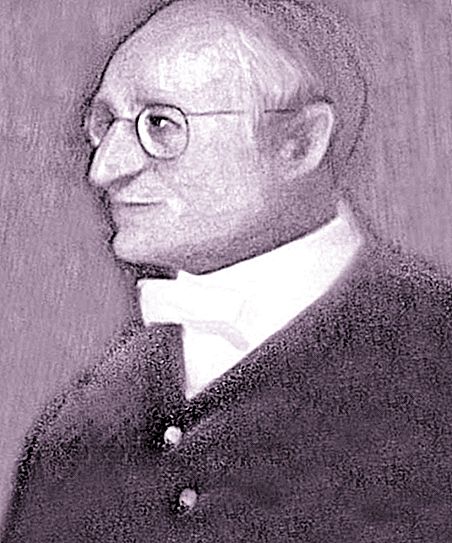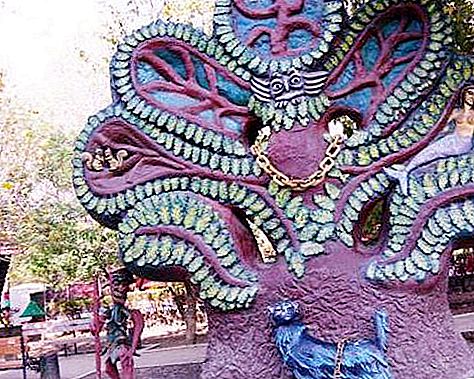London telephone booths are the same attraction in England as Tower Bridge, Big Ben, Buckingham Palace. Even now, when they have become much less on the streets, they appear as red spots in almost any street photograph. Invented at the dawn of telephone installation by the Englishman, the red booth served the city for many years. And now, at a new stage in the development of the industry, he is trying to find a use for himself so as not to remain a postcard.
Telephone - to the masses
Alexander Bell, who patented the "talking phone" in 1876, made an ingenious, but extremely expensive invention at that time. Only very wealthy people who had the opportunity to install the device at home or in the office could use it. But soon this device served as the birth of a new business - public communication.
Initially, communication devices were installed in public places - cafes, pharmacies, shops. But at the same time, many inconveniences were revealed. Firstly, the confidentiality of the conversation was violated. The subscriber was separated from the rest of the visitors by a fabric curtain, which, covering the speaker himself, did not muffle his voice. Secondly, after the closure of establishments, communication became inaccessible.
To solve these problems, English telephone booths began to be installed on the street. Light constructions were intended to protect the device and the subscriber from bad weather and prying ears. At the beginning of the 20th century, as now, there were many vandals in the streets: they stole coins, broke equipment, and damaged cabins.
The idea of unifying telephone booths
In addition, the booths were built completely different, in accordance with the taste of those who installed them. It was not easy to guess, being in a strange area, what door the telephone is located at.
In 1912, the British telephone network was nationalized, and the state-owned General Post Office (GPO) was created to work in this area. It was then that the idea arose for the convenience of service to unify telephone equipment, as well as to approve a single type of London telephone booths. The idea was put into practice only a few years later, since the First World War began.
D. G. Scott's Cabin
The first booths created under the patronage of the GPO in 1920 did not survive. They were made only a few pieces, and they were called K1 (Kiosk 1). Beige concrete structures had a wooden door with glass. Only the door frame was red. Londoners did not like the design of the booth: already at the time of installation, it seemed old-fashioned and boring. Therefore, the question of alternative development arose very quickly.
In 1924, a competition was announced to create a new kiosk. Some operational experience dictated the preconditions: the material must be cast iron, the cost of the product should not be more than 40 pounds.
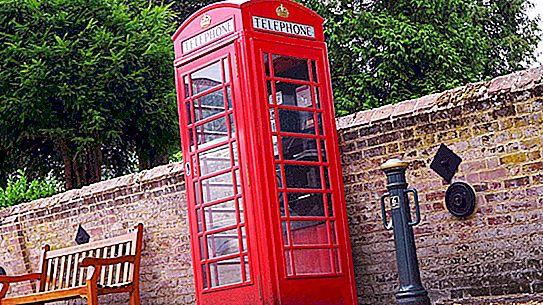
The competition was won by architect D. G. Scott, presenting his work to the jury. The classic style of the building has been approved. True, the cost of the product exceeded the limit, but this did not prevent the K2 London telephone booth and its subsequent modifications from becoming an integral part of the landscape of urban and rural streets of England. The post office, acting as the customer, made the only, but significant change in the appearance of the booth. It required a color change from gray to red, clearly visible from afar in any weather.
Since 1926, London red telephone boxes began to be installed on the streets of the city, then its environs, and even later in the colonial English countries.
K3 and K4
The cost of the K2 product did not make it popular, and in 1928, Sir Giles Gilbert Scott was invited to work on improving the model. The born K3 kiosk also did not linger on the streets for a long time. By this time, the GPO wanted to have a universal kiosk, which, in addition to telephone equipment, could accommodate a mailbox and a vending machine inside itself.
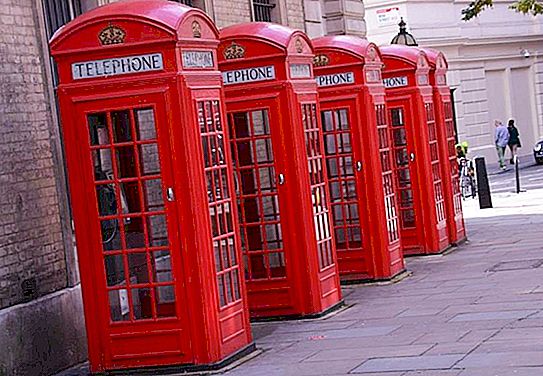
As a result, the K4 cabin appeared, which repeated the K2 model, but significantly increased in size.
Perfect K6 cab
By the anniversary of King George V, a new order was given to architect Scott; the post office wanted to make a present to the monarch. K6 largely repeated the K2 model, but at the same time it was an excellent refinement. Her weight was half a ton less, the cost was much lower. In addition, it was equipped with such things necessary for English citizens: an ashtray, a music stand, a notebook, a mirror.
The king did not live until the appearance of the anniversary kiosk on the street. But this particular version of the English red telephone box is a landmark of the city and country.
What happened next?
The moment came when the GPO decided that it was time to update the design of the red stalls. There were several such attempts: in 1951 and 1962. But new models did not take root on the streets of the city, they were not accepted by the townspeople, they looked like foreign objects.
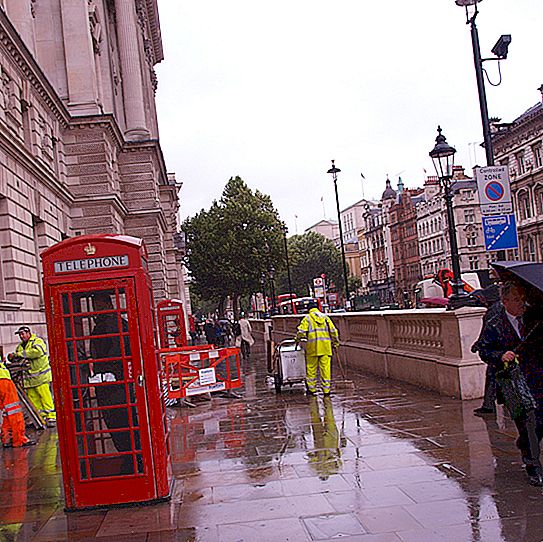
The eighth generation of telephone boxes was created by architect Bruce Martin. The K8 model was experimentally installed in London. When trying to replace old stalls with new ones after trial operation, the public stood up to protect the familiar model. As a result, two thousand old cabins received the status of protected objects of national importance, but this did not stop progress. Most of the cabs were replaced with new generation models. However, in the historical district of the capital of Great Britain there were still London telephone boxes, photos of which are known around the world.
The second life of old stalls
Previously, there were about 80 thousand old-style telephone boxes on the streets of the city. After replacing with new ones and taking into account the appearance of mobile communications, there are less than ten thousand of them left. Where did the dismantled kiosks go? Were they destroyed?

Perhaps some of the most shabby was to be disposed of, but some had a different fate. The country announced the program “Take a telephone box under guardianship” for one pound. 1, 5 thousand K6 stalls got into it.
The area freed from the dismantled equipment is being developed by local residents in different ways. Most often they arrange a book and disk exchange point, which is available to anyone around the clock. Sometimes it is a room for an exhibition of artwork, sometimes a small pub or a shop, for example, chocolate. Some cabins have active defibrillators for medical care.
Some of the booths were auctioned in private hands as antiques. The hosts, showing miracles of ingenuity, made them part of the home interior, arranging a personal telephone zone, an aquarium, a table, even a shower. The most popular version of a London telephone box is a wardrobe for clothes, books, toys, dishes. Booths are used in the design of restaurants, clubs, offices.

The honored generation of stalls was paid tribute to the people of art. The famous sculptural composition Out of order, established in Kingston, is its attraction. In twelve booths falling on the principle of dominoes, the artist D. Machem saw a passing era.


